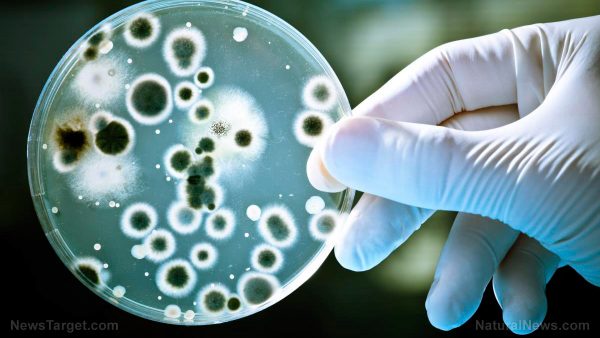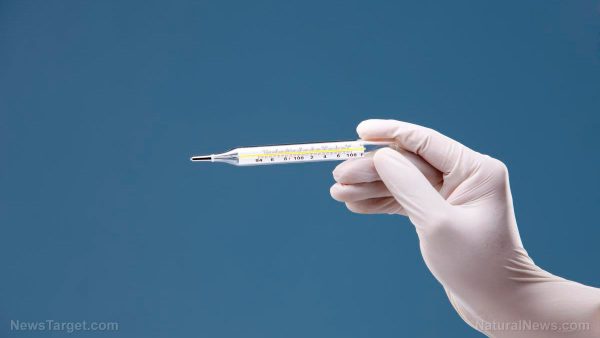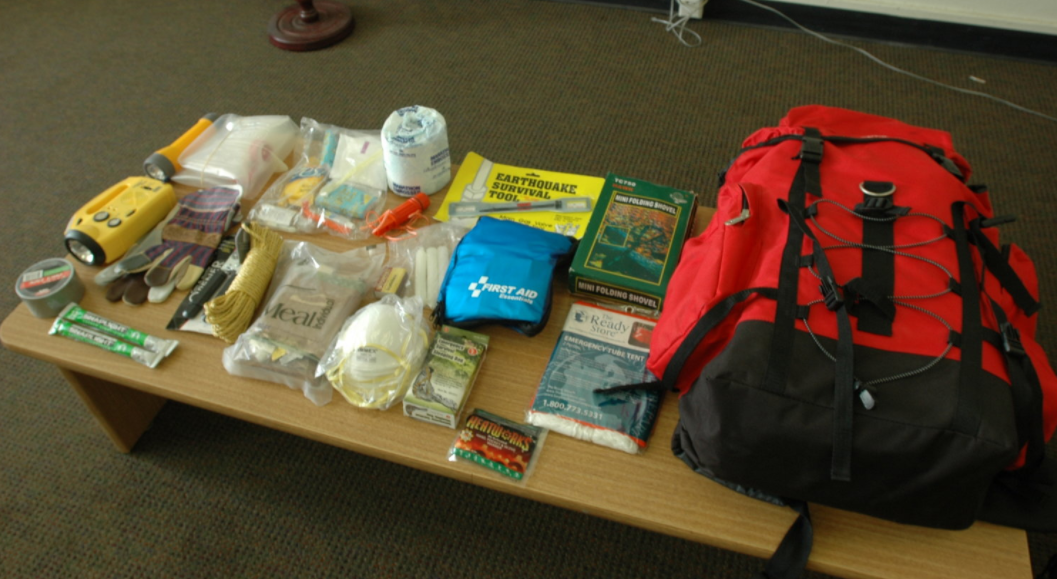Agricultural waste could be contributing to the rise of antibiotic-resistant bacteria
05/08/2018 / By Vicki Batts

While there are plenty of issues within the factory farming industry, one aspect in particular could spell big trouble for us all: antibiotic overuse, and the rise of antibiotic-resistant bacteria. Literal tons of antibiotics are purchased and fed to livestock every year, around the world. Approximately 131,000 tons of antibiotics were used to treat livestock in 2013, and estimates suggest that number will exceed 200,000 tons by the year 2030.
It’s no secret that the factory farming industry has played a role in the rise of antibiotic resistance — but just how deep is the trench? As it turns out, Big Ag’s involvement in the spread of antibiotic-resistant bacteria extends well past the barnyard. Research shows that when farmers re-purpose manure for fertilizer or bedding, traces of antibiotics are actually spread into the environment.
Research led by Diana Aga, Ph.D., Henry M. Woodburn Professor of Chemistry at the University at Buffalo College of Arts and Sciences has shown that two top-of-the-line treatments for livestock waste fail to adequately remove traces of antibiotics from animal waste.
As NewsWise reports:
Both technologies — advanced anaerobic digestion and reverse osmosis filtration — leave behind concerning levels of antibiotic residues, which can include both the drugs themselves and molecules that the drugs break down into.
More concerning, was a shocking finding that solid excrement — often sold as fertilizer or bedding — poses an even greater risk. Aga and her team found that this solid matter actually contains even higher concentrations of antibiotic residues, which can easily be released into the environment after re-purposing.
While the waste treatments used in the studies were not actually intended to remove traces of antibiotics, Dr. Aga commented she had high hopes that these elite waste treatments would be more effective, but their research ultimately proved otherwise.
She stated further, “On the positive side, I think that a multi-step process that also includes composting at the end of the system could significantly reduce the levels of antibiotics. Our earlier studies on poultry litter demonstrated that up to 70 percent reduction in antibiotics called ionophores can be achieved after 150 days of composting. Testing this hypothesis on dairy farm manure is the next phase of our project, and we are seeing some positive results.”
Why not just reduce use?
While Dr. Aga is focused on reducing the amount of antibiotics in manure, you might be wondering: Wouldn’t it be better if the agricultural industry just stopped using so many antibiotics?
Right now, estimates suggest that superbugs (antibiotic-resistant pathogens) cause 700,000 deaths each year. By the year 2050, the death toll is expected to reach 10 million annually. As sources explain, two-thirds of human diseases actually start off in other animals — and it’s believed that drug resistance can also move from animals and into humans. Many farmers use antibiotics to fatten up their animals at a faster rate. They also use these drugs to keep infections at bay and to treat sick animals. In the U.S. alone, 70 percent of antibiotics sold are going to the livestock industry.
Overuse is one of the biggest driving forces in the antibiotic resistance epidemic, and properly controlling the use of antibiotics (especially in the livestock industry, where most of the drugs end up) is integral to fighting the rise of superbugs.
Moreover, humans themselves should start looking more towards alternative treatments for their ailments; as the dawn of a post-antibiotic world draws closer, knowing what your other options are is going to come in handy.
Learn more about the dangers of antibiotic overuse at Superbugs.news.
Sources for this article include:
Tagged Under: agriculture, antibiotic overuse, antibiotic resistance, Antibiotics, Big AG, environment, factory farming, infectious disease, livestock, livestock health, outbreak, research, superbugs



















